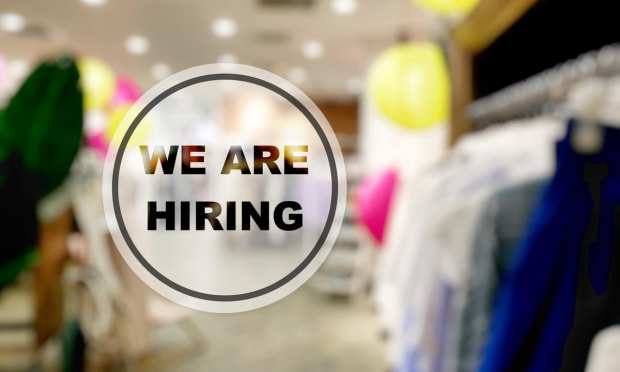Labor Shortage May Complicate Back-To-School Shopping

New data from the U.S. Bureau of Labor Statistics suggests that the retail industry’s labor shortage may last through the fall, cutting into one of the biggest shopping seasons of the year.
The data, released Wednesday (July 7), shows that job openings in the retail sector increased again in May, to 974,000, up 19,000 from a month before. Over 780,000 people left the retail trade in May — less than the number who left in April but still more than the 531,000 who left in May 2020.
Economists project that workers currently on the sidelines will return en masse in September when expanded unemployment benefits run out and students return to the classroom. But before then, retailers have to cope with back-to-school shopping, one of the biggest shopping events of the year, with existing headcount even though projections suggest the end-of-summer sales will be even bigger this year due to consumers’ pent-up demand.
According to the National Retail Federation (NRF), the average consumer spent over $780 during back-to-school sales events and over $1,000 in preparation for a return to college last year — slightly more than was spent during the holiday season.
This year, Mastercard Spending Pulse projects that retail sales will grow by 5.5 percent between July 15 and Sept. 6, with apparel sales expected to skyrocket by 78 percent. Department store sales are expected to see 25 percent growth year-over-year while eCommerce is expected to fall by nearly 7 percent — though digital sales will still likely see over 50 percent increase versus 2019.
Turning To Teens
One solution that some retailers have embraced is increasing the number of teenagers they hire while the supply of adult workers remains tight. Nearly 6 million teenagers were employed last month, bringing the unemployment rate for 16- to 19-year-olds to 9.9 percent — a level not seen since the 1950s.
While some young people may be reclaiming jobs lost last year when COVID-19 forced the closure of many leisure and hospitality businesses, often the first to hire teenagers. Others, however, are attracted by unusually high wages and generous incentives.
Northeastern University economist Alicia Sasser Modestino told the Financial Times that young people “are ready to jump in and fill those jobs, and employers, out of desperation, are lowering their requirements.”
To be sure, hiring young people is a short-term solution, but it may be all retailers need to make it through the next eight weeks. The federal government’s expanded unemployment benefit program expires Sept. 6, around the same time that most children will return to school or daycare — likely freeing up and incentivizing more adults to look for work.
Incentives And Tech
Other retailers, however, aren’t waiting around. Last month, Bed Bath & Beyond — which sees back-to-college sales as one of its most important sales periods — announced three new paid benefit programs for employees, including parental leave, short-term disability and an associate relief fund, in an attempt to lure workers.
Apple, too, is trying to make work more flexible for its retail employees. Last week, it was reported that the technology giant will test a hybrid in-store and work-from-home arrangement later this year, an acknowledgement that workers have grown accustomed to working remotely and that digital shopping demand will likely remain high.
DSW, however, is piloting self-checkout stands in stores in response to hiring challenges, a test that started last year to also address health concerns amid COVID-19. Kohl’s is also planning to test self-checkout this fall.
As retailers increasingly turn to self-service checkout options, the number of employees necessary at retail stores is likely to fall. The Bureau of Labor Statistics projects a 3 percent decline in retail sales workers and a 7 percent decline in cashiers by 2029.
